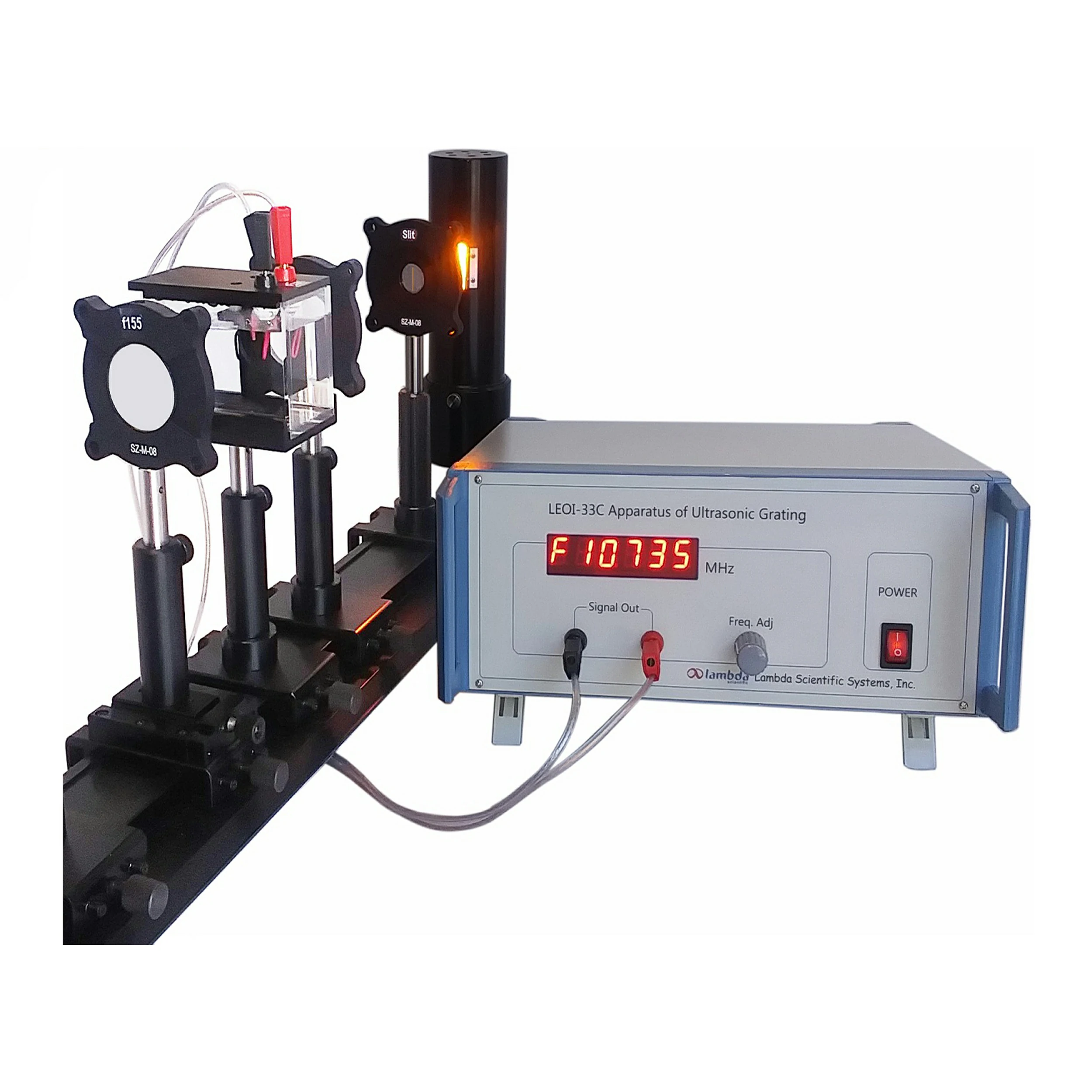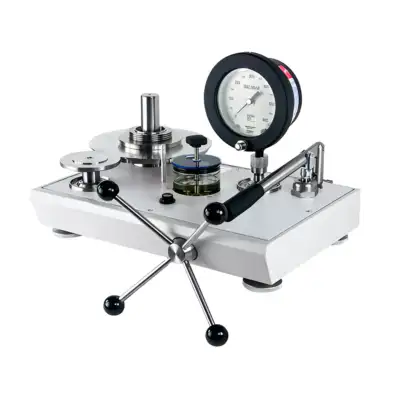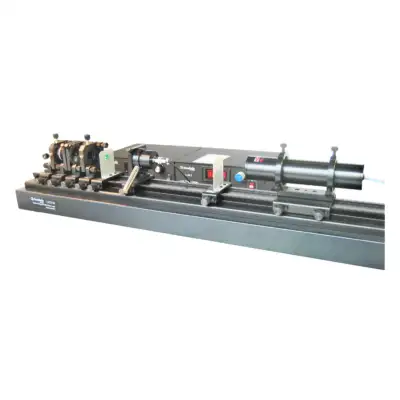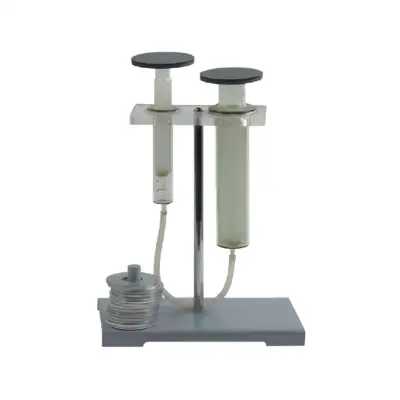LEOI-33C Apparatus of Ultrasonic Grating
Introduction
The phenomenon of light wave diffracted by ultrasonic in a medium is called ultrasonic induced photo-diffraction (also known as the acousto-optic effect), which is the result of the interaction between light wave and sound wave in the medium. The ultrasonic wave modulates the density of the medium, so that the originally uniform refractive index of the medium becomes periodical changes, i.e. an “ultrasonic grating”. When a light beam passes through, it will produce diffraction phenomenon, which can be used to accurately measure the speed of sound waves in the medium.
With the development of laser technology and ultrasonic technology, the acousto-optic effect has been widely used, such as acousto-optic modulators and deflectors are fabricated and used to control the frequency, intensity and direction of the laser beam quickly and effectively. It has very important applications in laser technology, optical signal processing and integrated communication technology.
The LEOI-33C, experimental apparatus of ultrasonic grating, is constructed by placing individual components on an optical rail. Liquid is used as the ultrasonic medium. It allows students to adjust each component independently, and thus strengthens their hands-on ability. The apparatus has high measurement accuracy, stable and reliable experimental results, and is suitable for both general and advanced physics labs in colleges and universities.
By conducting experiments using this apparatus, students can achieve following objectives:
1. Understand the experimental principle of the acousto-optic effect.
2. Learn to measure the speed of sound in a liquid using the acousto-optic effect.
3. Learn the skills of optical path alignment.






Reviews
There are no reviews yet.